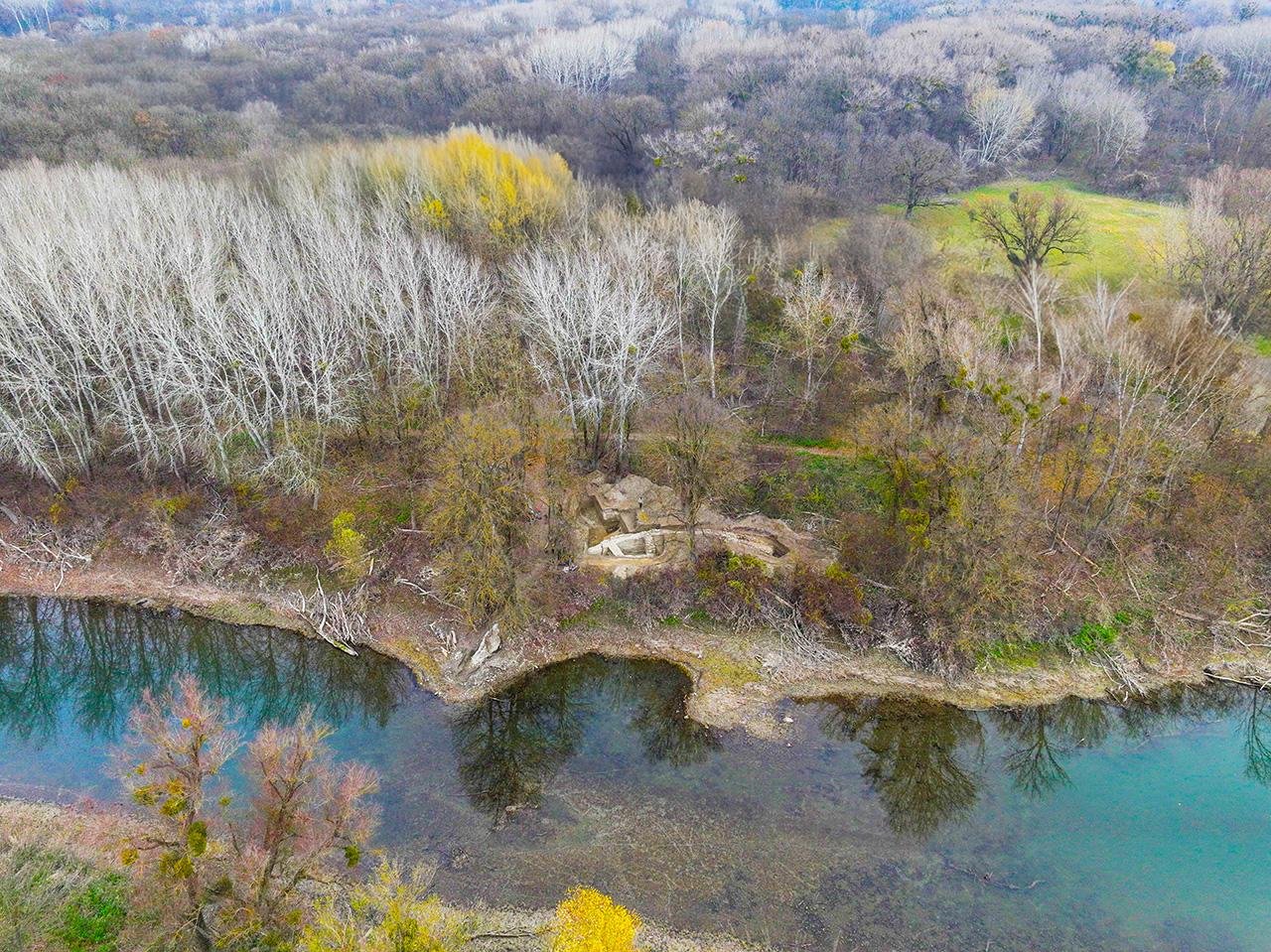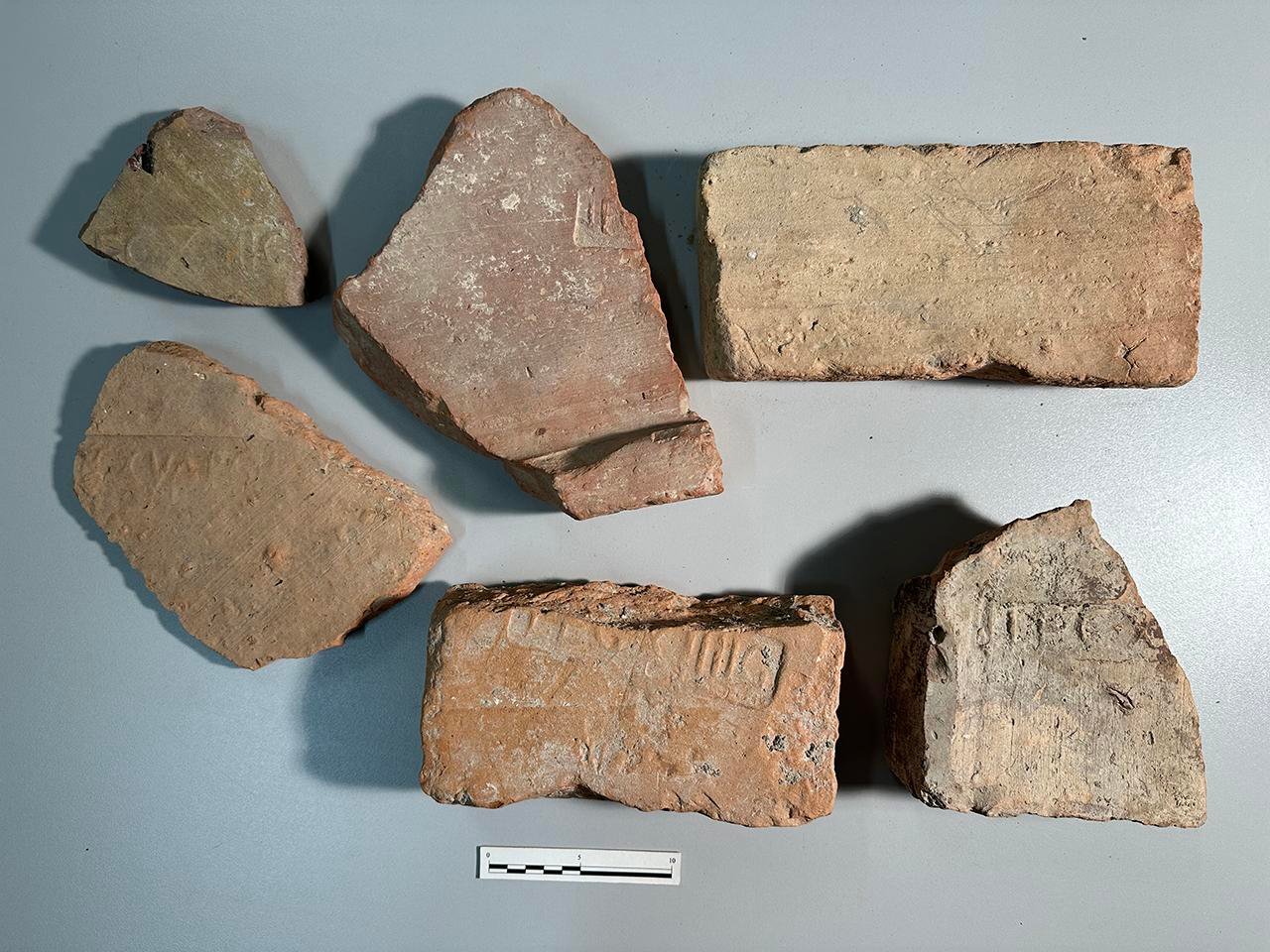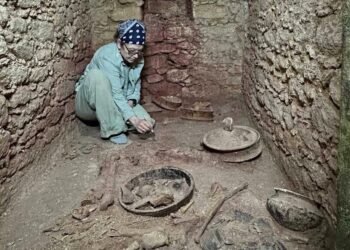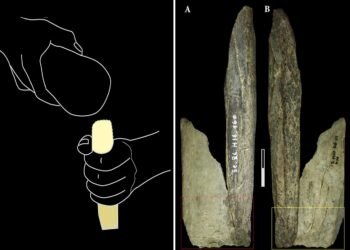Archaeologists have found the first confirmed Roman bridgehead fort ever discovered in Austria, positioned in the Danube floodplains near the site named “Ödes Schloss” close to Stopfenreuth in Lower Austria. The discovery, led by researchers at the Austrian Academy of Sciences (ÖAW) and the Carnuntum Archaeological Park, reveals interesting new insights into the Roman Empire’s northern defense line and its control over trade routes such as the Amber Road.

For many decades, the ruins of stone walls commonly called the “Deserted Castle” mystified historians, who theorized whether they were a medieval castle, a First Turkish War fortress, or perhaps something different altogether. However, recent archaeological excavations established the history of the site as a Roman bridgehead fort constructed to secure crossings over rivers and monitor travel on the Danube—a natural boundary of the empire and a significant segment of the Danube Limes, a UNESCO World Heritage Site.
Bridgehead forts were normally constructed on the far side of border rivers as forward military outposts from which Roman troops could observe and control strategic areas. “Around 1850, the still-visible walls at the site known as ‘Ödes Schloss’ were investigated,” explained Christian Gugl, archaeologist and head of the ÖAW’s research group. “Based on discovered brick stamps, the structures were at that time interpreted as the remains of a fortified Roman bridgehead.”

The recently completed excavations on the Hainburg wetlands revealed well-preserved sections of walls that measured up to 2.65 meters high. The fort was constructed in two major phases: the first phase, during circa 170–180 CE, during the Marcomannic Wars under Emperor Marcus Aurelius, was intended to secure the Roman border against Germanic invasions. A second phase around 260 CE under Emperor Gallienus saw reconstruction and perhaps the last military use of the fort prior to Carnuntum’s strategic importance beginning to decline.

The recovered artifacts from the site include stamped bricks of Legio XIV and Legio XV Apollinaris—both of which are known to have been stationed in Carnuntum and the province of Pannonia—accompanied by coins, ceramics, and bronze objects. These finds further attest to the military importance of Carnuntum and its surrounding region.
Four kilometers from Carnuntum—a former legionary stronghold and subsequent capital of the Roman province Pannonia Superior—the Stopfenreuth bridge fort completely alters our understanding of Roman presence north of the Danube. Gugl stated, “For a long time, it remained uncertain whether there had ever been a substantial Roman presence on this section of the north bank of the Danube. The discovery of additional stone forts—some evidently garrisoned by large military units—on this side of the Danube significantly reshapes our perception of the Roman Limes.”

Apart from its historical and military significance, the excavation is also contributing to environmental and geological research. Archaeologists, in collaboration with BOKU University and the University of Vienna, collected sediment samples from the Danube floodplain. The samples are helping scientists reconstruct ancient river patterns prior to the 16th century, giving a clearer picture of how the Danube evolved over the centuries and how these changes influenced settlement and fortification strategies.
Though the excavation phase concluded in 2024, intense scientific research is still ongoing.
More information: Austrian Archaeological Institute (ÖAI)
























Comments 0